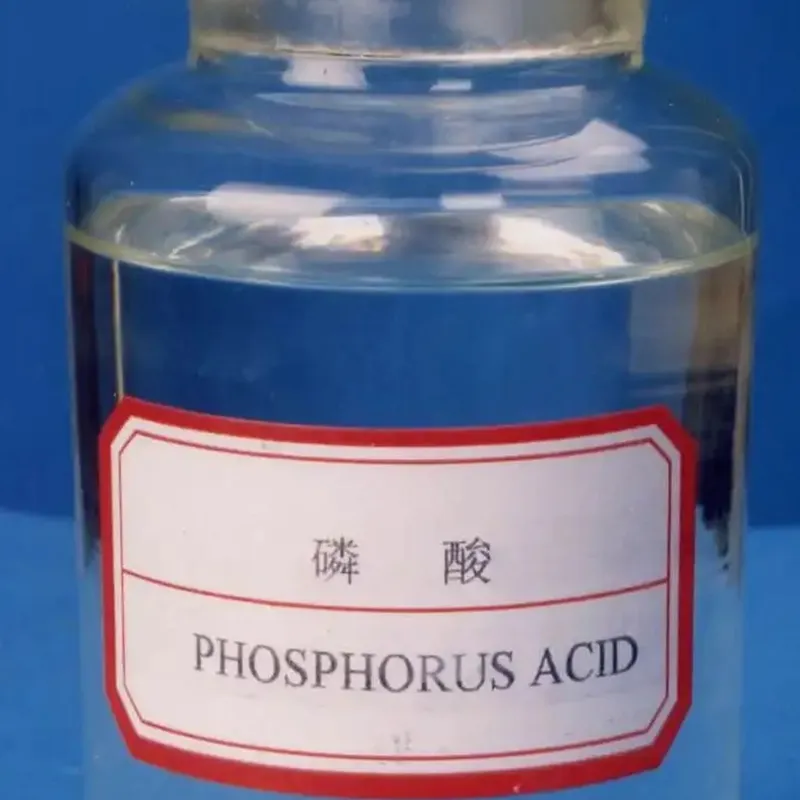
Understanding the Structural Formula of 2-Butyne and Its Chemical Properties
Understanding 2-Butyne Structure, Properties, and Applications
2-Butyne, an alkyne hydrocarbon with the molecular formula C4H6, is a member of the butyne isomer family, distinguished by its triple bond configuration. The structural formula for 2-butyne is represented as CH3-C≡C-CH3, indicating a four-carbon chain with the triple bond located between the second and third carbons. This unique structure not only imparts distinct physical and chemical properties to 2-butyne but also broadens its applicability in various industrial sectors.
Structural Characteristics
The core feature of 2-butyne is its carbon backbone, consisting of four carbon atoms, with one triple bond located between the second and third carbon atoms. Each of the terminal carbon atoms (C1 and C4) is bonded to three hydrogen atoms (making them methyl groups, -CH3), while the central carbon atoms (C2 and C3) share the triple bond. This arrangement results in a linear geometry around the triple bond, creating specific angles that influence how 2-butyne interacts with other molecules.
The presence of the triple bond significantly affects the hybridization of the carbon atoms involved. In 2-butyne, the sp hybridization of C2 and C3 leads to a strong sigma bond and two pi bonds, which results in increased stability and reactivity. The linear arrangement of the triple bond also contributes to the compound's physical properties, such as boiling and melting points.
Physical Properties
2-Butyne is a colorless gas or liquid, depending on temperature and pressure conditions. It has a boiling point of approximately 25.1 °C and a melting point of -104.5 °C. The presence of the triple bond imparts certain characteristics, such as higher density and higher boiling points compared to corresponding alkenes and alkanes. 2-Butyne is poorly soluble in water but is soluble in organic solvents, which makes it an important compound in chemical synthesis processes.
The compound is flammable, and its vapors can form explosive mixtures with air, necessitating careful handling in laboratory and industrial settings. 2-Butyne's significant reactivity means it can participate in various chemical reactions, including addition reactions with halogens, acids, and other reagents, making it a valuable building block in organic synthesis.
2-butyne structural formula

Chemical Reactions
2-Butyne's triple bond structure allows for diverse chemical transformations, primarily through electrophilic addition reactions. For instance, when reacted with hydrogen in the presence of a catalyst, 2-butyne can be converted to butane, a saturated hydrocarbon. Additionally, 2-butyne can undergo halogenation, where it reacts with halogens to produce dihalo compounds. This feature makes 2-butyne useful in the preparation of various halogenated products.
Another significant reaction is dehydrohalogenation, where halogenated derivatives of 2-butyne can yield new alkenes or alkynes, expanding the range of functionalized hydrocarbons available for further reactions in synthetic organic chemistry.
Applications of 2-Butyne
The applications of 2-butyne are diverse. In organic synthesis, it serves as an important precursor for creating more complex structures. Its derivatives can be used to produce pharmaceuticals, agrochemicals, and various specialty chemicals. In the petrochemical industry, 2-butyne can be utilized in alkylation processes and as an intermediate in the production of other valuable compounds.
Moreover, due to its unique chemical properties, 2-butyne can act as a reagent in polymerization processes, contributing to the development of various polymers and materials with desirable attributes.
Conclusion
In summary, 2-butyne is a versatile alkyne with a distinctive structure that plays a crucial role in organic chemistry and industrial applications. Its triple bond provides both stability and reactivity, making it a key compound in the synthesis of a wide range of chemicals. As research and technology continue to evolve, the applications of 2-butyne are expected to expand further, revealing new possibilities in chemical engineering and material science. Understanding the structural characteristics and reactions of 2-butyne is essential for harnessing its full potential in various fields.
-
Understanding Synthetic Rubber OptionsNewsApr.27,2025
-
Trichloroisocyanuric Acid: Essential for Clean and Safe WaterNewsApr.27,2025
-
Sodium Dichloroisocyanurate: Key to Safe Water TreatmentNewsApr.27,2025
-
Sodium Acid Pyrophosphate: Essential in Modern Food ProcessingNewsApr.27,2025
-
Essential Water Treatment ChemicalsNewsApr.27,2025
-
Denatured Alcohol and Its Industrial UsesNewsApr.27,2025
-
The Versatile Uses of Sodium BicarbonateNewsApr.24,2025
Hebei Tenger Chemical Technology Co., Ltd. focuses on the chemical industry and is committed to the export service of chemical raw materials.
-

view more DiethanolisopropanolamineIn the ever-growing field of chemical solutions, diethanolisopropanolamine (DEIPA) stands out as a versatile and important compound. Due to its unique chemical structure and properties, DEIPA is of interest to various industries including construction, personal care, and agriculture. -

view more TriisopropanolamineTriisopropanolamine (TIPA) alkanol amine substance, is a kind of alcohol amine compound with amino and alcohol hydroxyl, and because of its molecules contains both amino and hydroxyl. -

view more Tetramethyl Thiuram DisulfideTetramethyl thiuram disulfide, also known as TMTD, is a white to light-yellow powder with a distinct sulfur-like odor. It is soluble in organic solvents such as benzene, acetone, and ethyl acetate, making it highly versatile for use in different formulations. TMTD is known for its excellent vulcanization acceleration properties, which makes it a key ingredient in the production of rubber products. Additionally, it acts as an effective fungicide and bactericide, making it valuable in agricultural applications. Its high purity and stability ensure consistent performance, making it a preferred choice for manufacturers across various industries.











